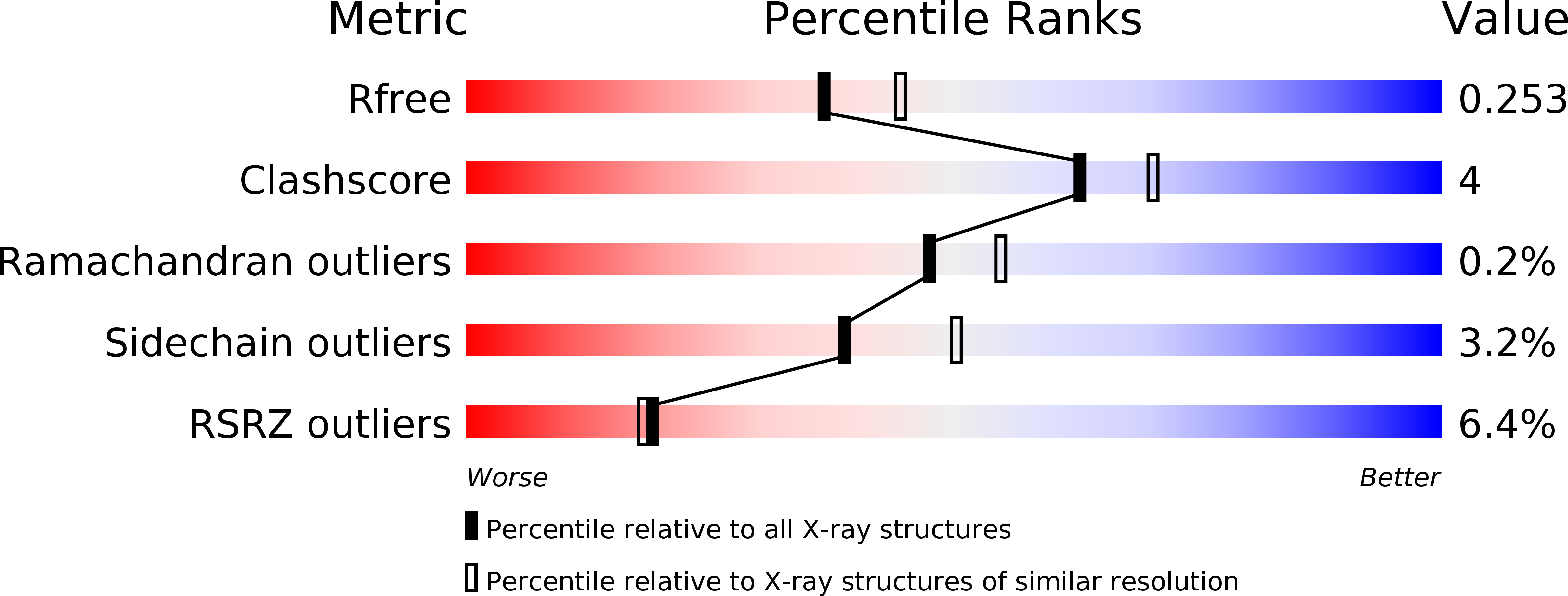
Deposition Date
2008-05-12
Release Date
2008-08-26
Last Version Date
2024-03-20
Method Details:
Experimental Method:
Resolution:
2.20 Å
R-Value Free:
0.25
R-Value Work:
0.22
R-Value Observed:
0.22
Space Group:
C 2 2 21


